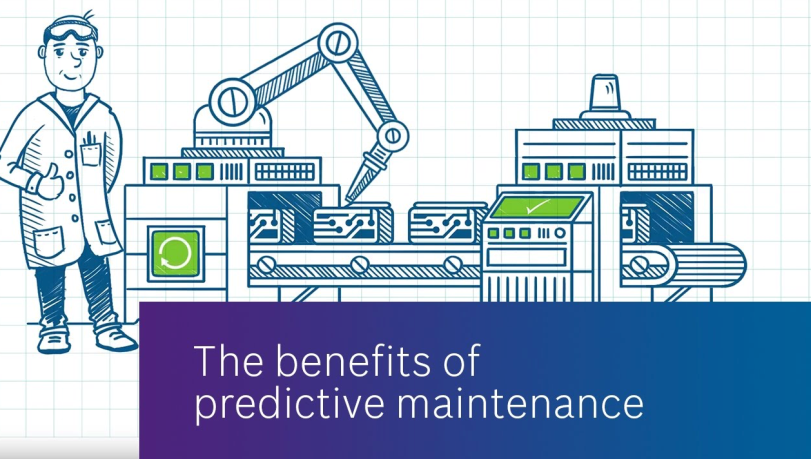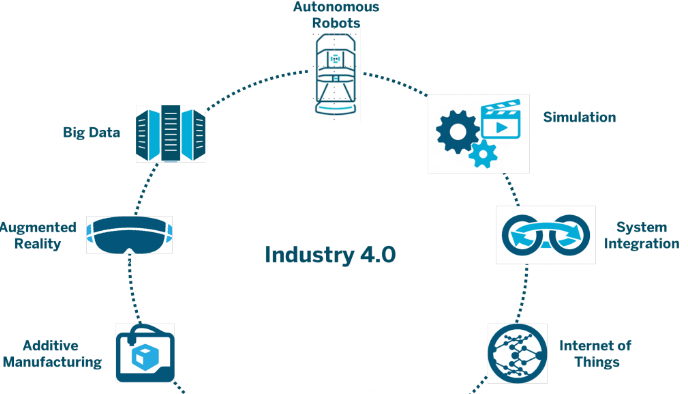Monitoring machinery priorities to minimize repairs
A significant amount of time is wasted in repairs as machines and equipment tend to require upgrades sooner than before. This is one of the most critical aspects that a futuristic factory will require. If technology can fulfill its promise to predict the repairs in advance, it could allow operations to continue without a hitch. This is a key area that is in the spotlight under the watch of industry 4.0 designs.
Failure portends losses and predictive maintenance (PdM) increases productivity. Knowing the impact on properly monitoring machinery data leads to happy customers and clients. It certainly adds more significance to HMI (human-machine interface).
If it ain’t broke, don’t fix it!
It could spell disaster
When there was no technology, manufacturers simply continued to overwork the machinery or equipment until it broke down. Since the anticipation of maintenance was often missing failure resulted in production losses. In today’s economy, this practice can shut down business. Now with the help of digital tools the factory floor is not only automated but can also be monitored for better functioning.
When operational data is analyzed it can predict if any part of the infrastructure requires repairs. This makes monitoring machinery a priority as prevention is obviously better than a cure or an expensive overhaul can take a toll on capital finances. Either way, it spells disaster for a manufacturer.

Futuristic Factory Demands
PdM relies on specific data
Deal with equipment failure
A factory has a complex set of machinery. Each is connected and problems could occur in the most overworked sections or parts. Data via vibrational analysis provides a clear picture of the requirement for any repairs well in advance. The machine performances are monitored and analyzed over a period of time. If any deviations are noticed they can be tackled by specific data that is generated. There are several advantages that PdM gives to ensure that the factory floor remains busy and operational.
At a glance, the cost savings include:
- Organizing the downtime for repairs and maintenance
- Adding life before failure of equipment or phasing out for an upgrade
- Letting employees get involved on the floor work out the monitoring process
- No disruptions to production or break in revenues
- PdM allows real-time data to be scrutinized by the managers to take decisions
- Sensors can be integrated with the old or new machines to detect potential problems
- Production status can be recorded and transmitted to the central location at all times

Futuristic Factory Demands
Virtual and Augmented Reality are part of industry 4.0
Both reduce the gap between the digital and physical space
Emerging technologies in robotics are already enhancing the way large factories are being managed in Europe and North America. As manufacturers find a valuable use of Virtual and Augmented reality, new products are emerging. There is a definite link between AR and IoT, both of which are used for monitoring machinery and various infrastructures.
The use of sensor data enhances the control of the processes at various stages. At this stage, predictive information is best used in the form of data visualization. It lets manufacturers look into the future with definitive results. Such technologies are already being used in retail banking, oil & gas sector (where heavy duty equipment is used), and industrial plants. When any defective components need to be replaced or repaired, the data offers real-time insight. This not only bridges the gap between the digital and physical worlds but also brings close contact between humans and machines.
HMI is set to combine human intelligence and automated equipment
Importance of Human-machine interface
The people who work in factories are able to function better if they have key machine metrics on their fingertips. With the added head-mounted displays of AR and VR they handle processes more efficiently. So, A combination of sophisticated apparatuses like connected devices, cloud, machine learning, sensor data, AR, wireless systems, all factory managers are empowered.
They can share information in real-time and visualize any changes required in advance. HMI can be embedded or even work in silos. Each process is used for monitoring the machinery in the entire plant. Also, The gap between humans and robots on the floor has passed the test and experiment stage. The collaboration helps in the efficient deployment of available resources. Thus, It is time to plan, train, and operate the processes with these combined efforts.
Tip: Automated challenges of PdM or HMI can be tackled by professionals to enhance the manufacturer’s production capabilities. Are you considering some prompt solutions? Look no further and adopt the above solutions as a key takeaway.





